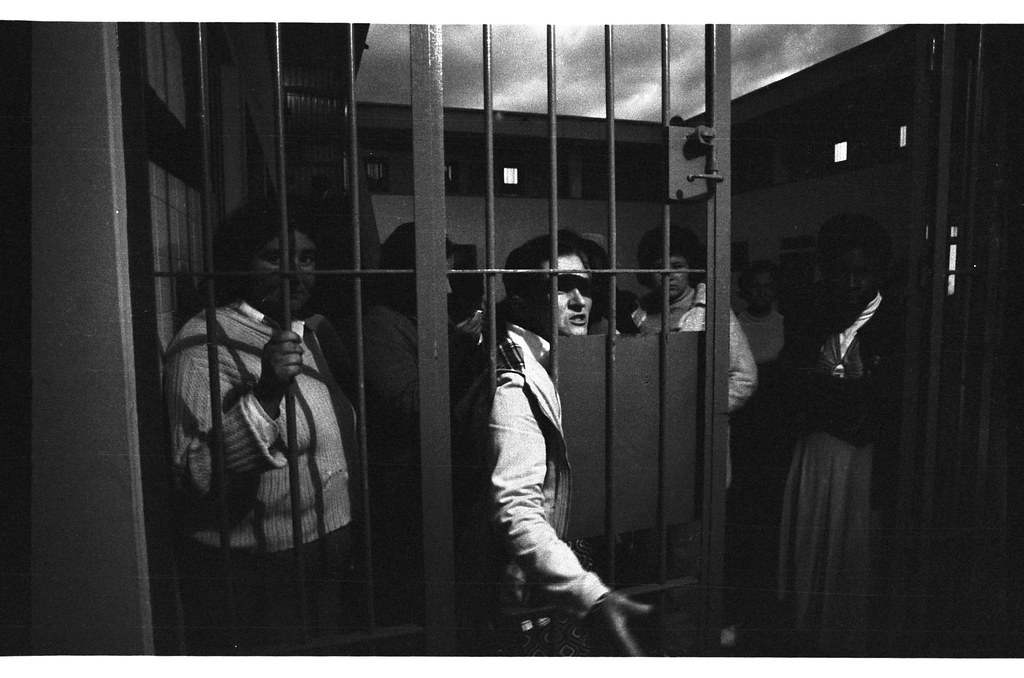
Carcel Modelo? Bogota 80: photo by Marcelo Montecino, 27 June 2005
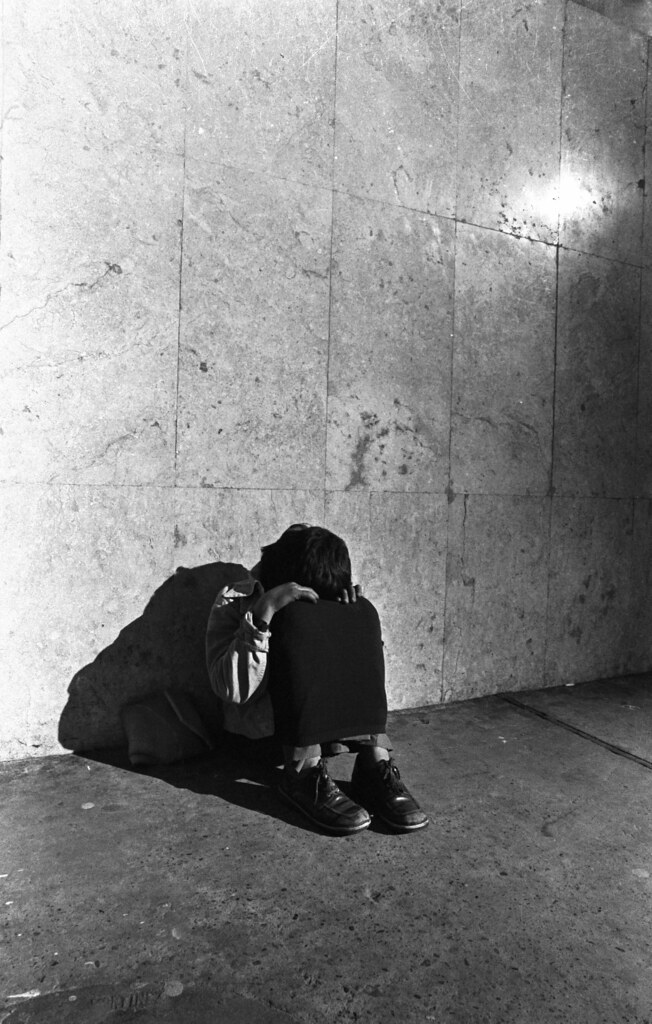
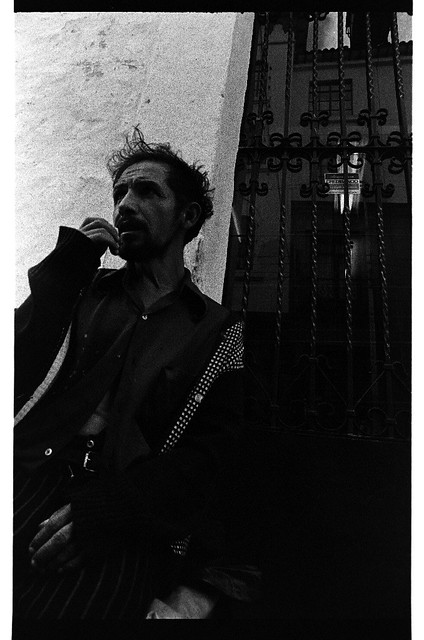
Broken hidalgo, Bogota, 1980: photo by Marcelo Montecino, 23 March 2005
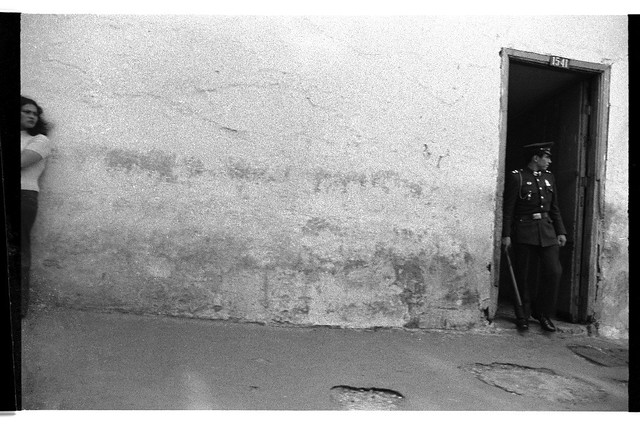
Untitled-Bogota, 78: photo by Marcelo Montecino, 30 March 2005

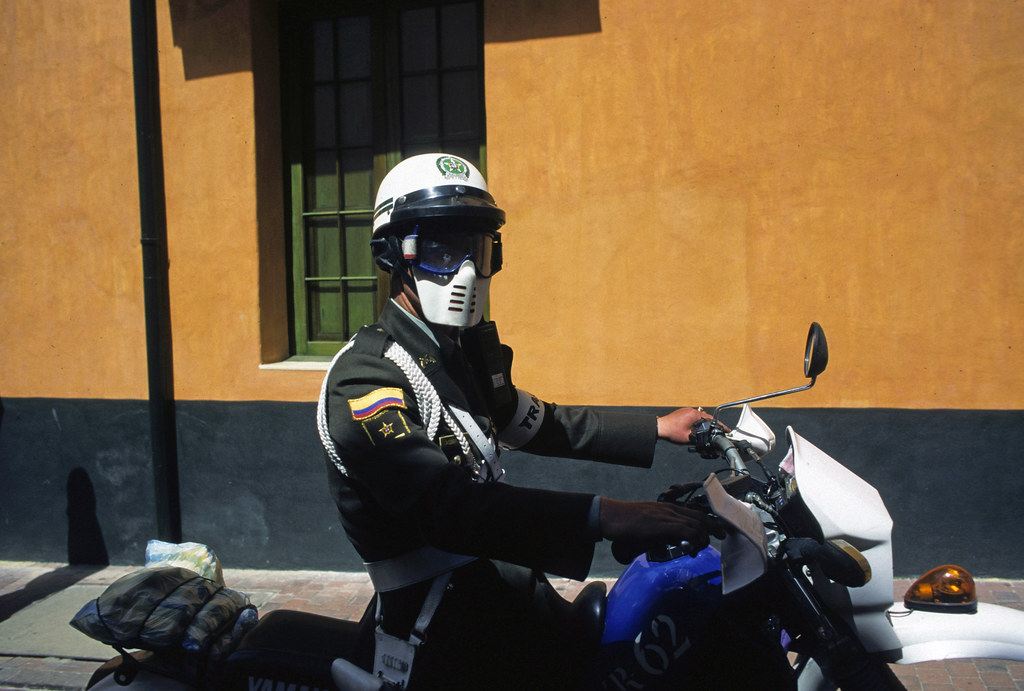
Security, Bogota, Colombia: photo by Marcelo Montecino, 22 August 2012
After the Fight, Bogota, Colombia: photo by Marcelo Montecino, 27 September 2005
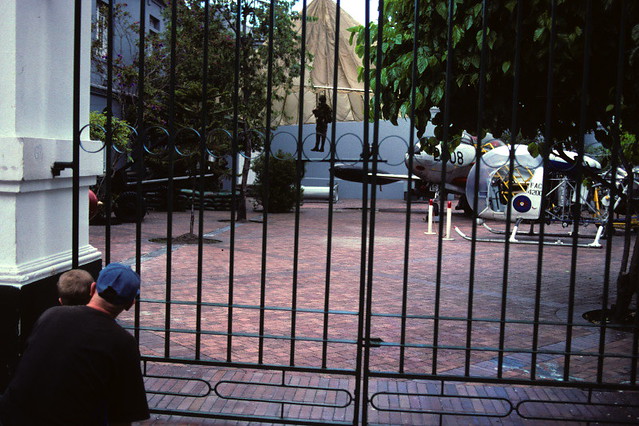
Bogota, Colombia: photo by Marcelo Montecino, 27 September 2005
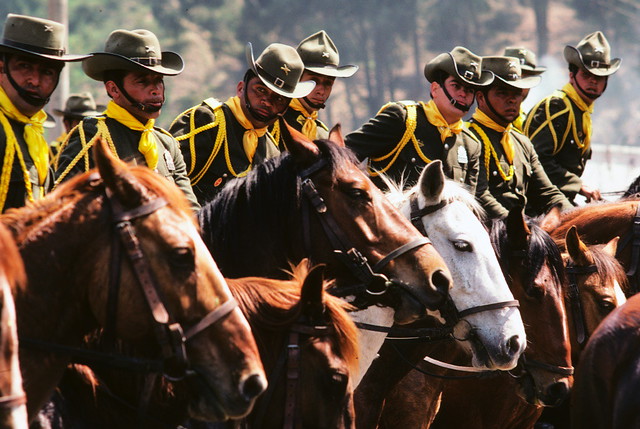
Cops, Bogota, Colombia: photo by Marcelo Montecino, 27 February 2005
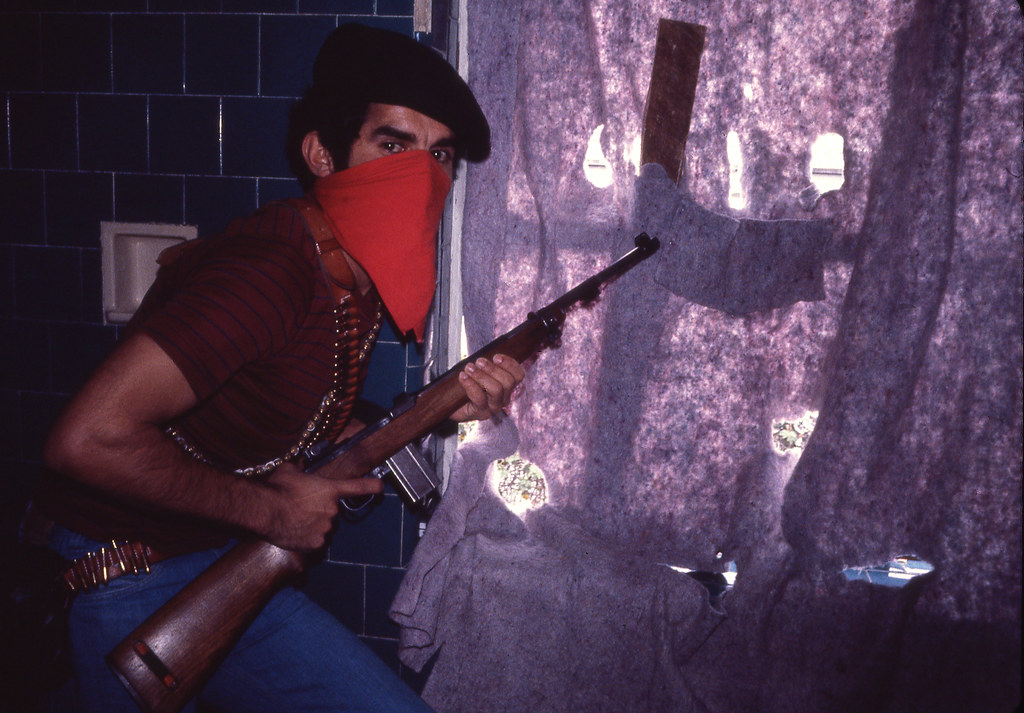
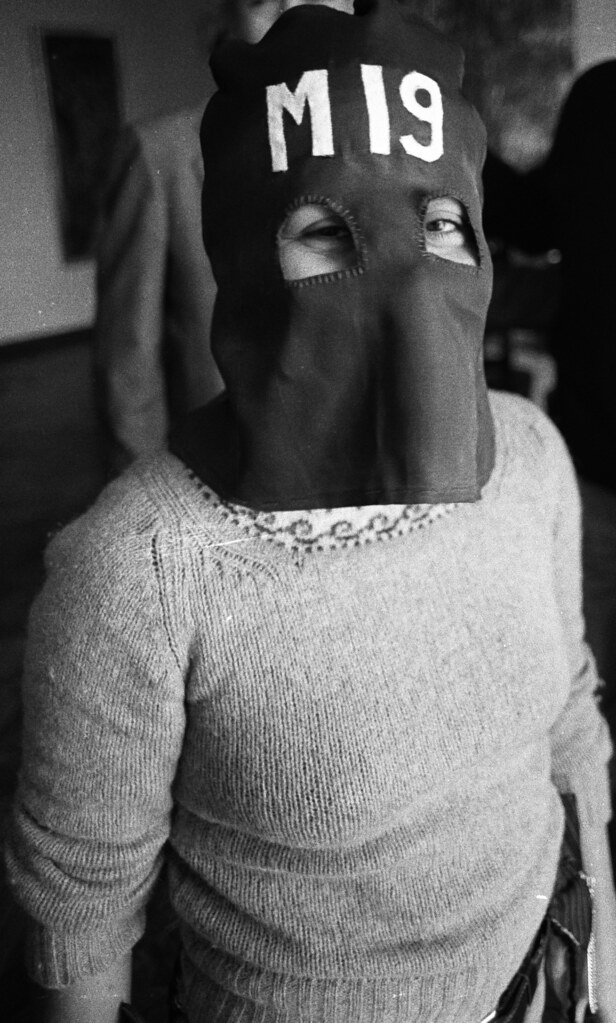
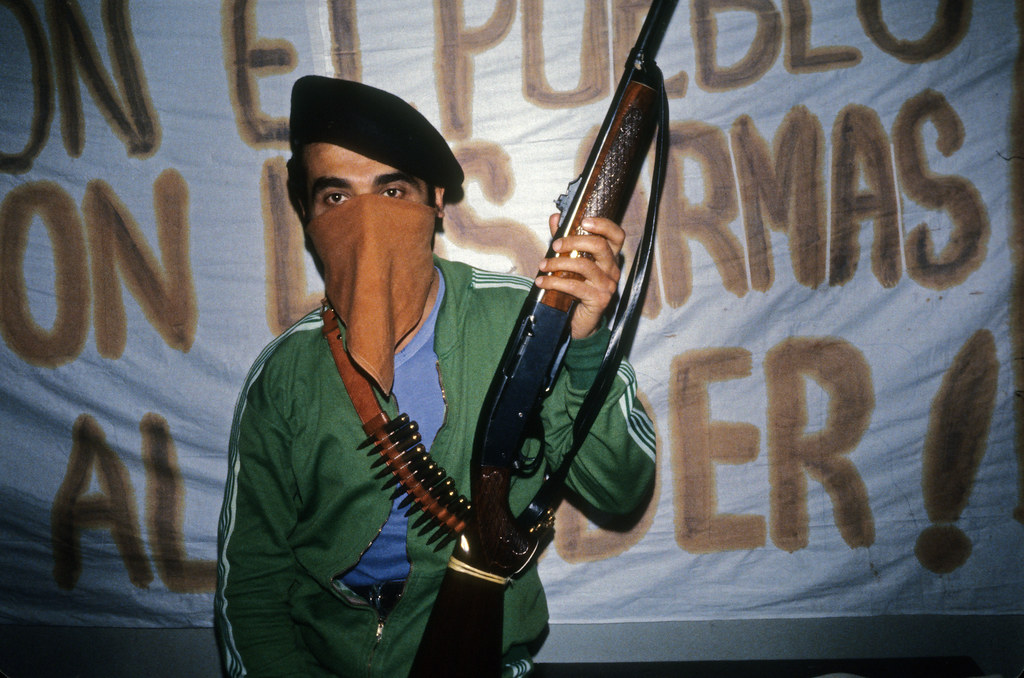
M19 Guerillas, Dominican Embassy, Bogota, 1980: photo by Marcelo Montecino, 17 June 2015
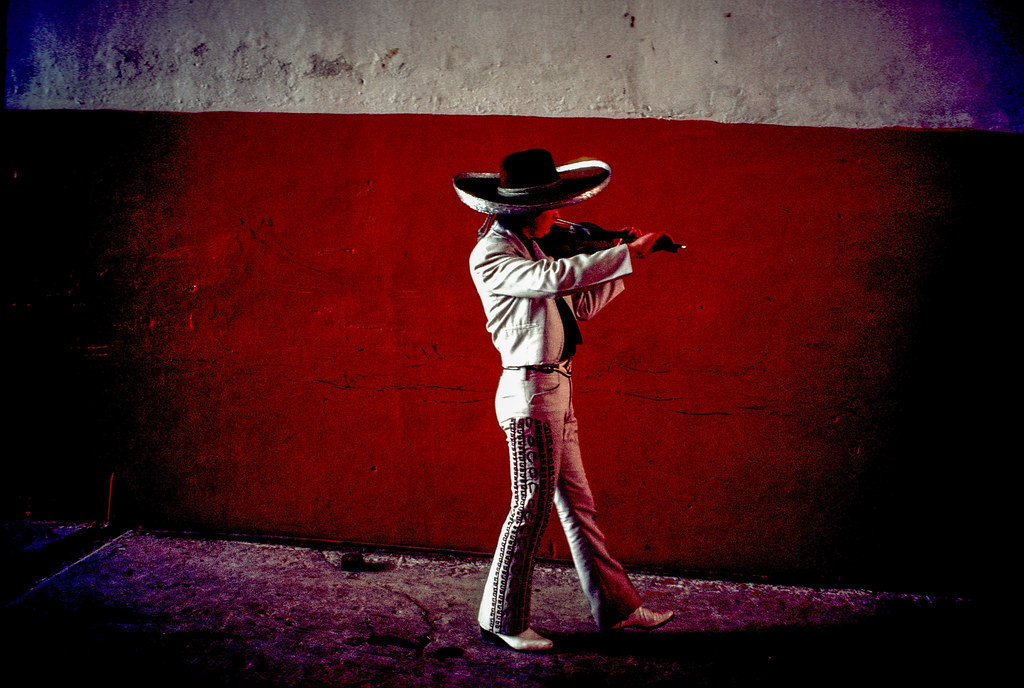
Mariachi in the bullring, Bogota, 1976: photo by Marcelo Montecino, 9 March 2017
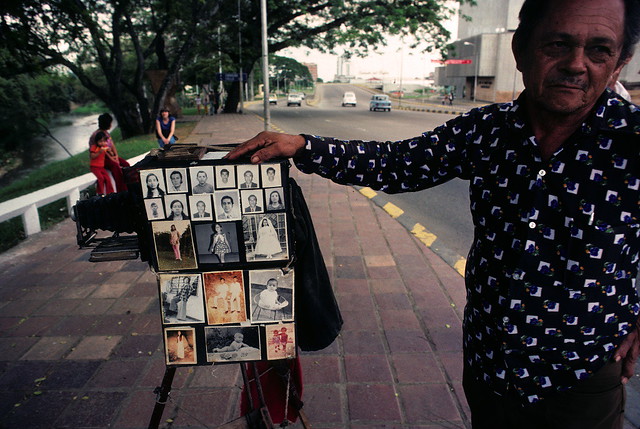
Photographer, Cali, Colombia: photo by Marcelo Montecino, 27 February 2005
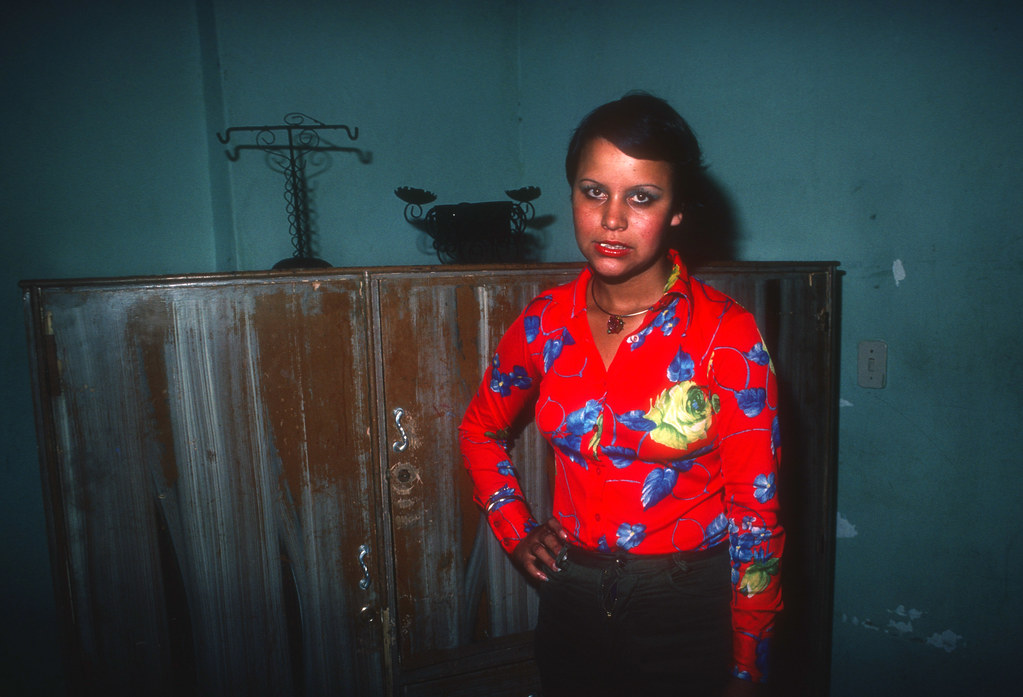
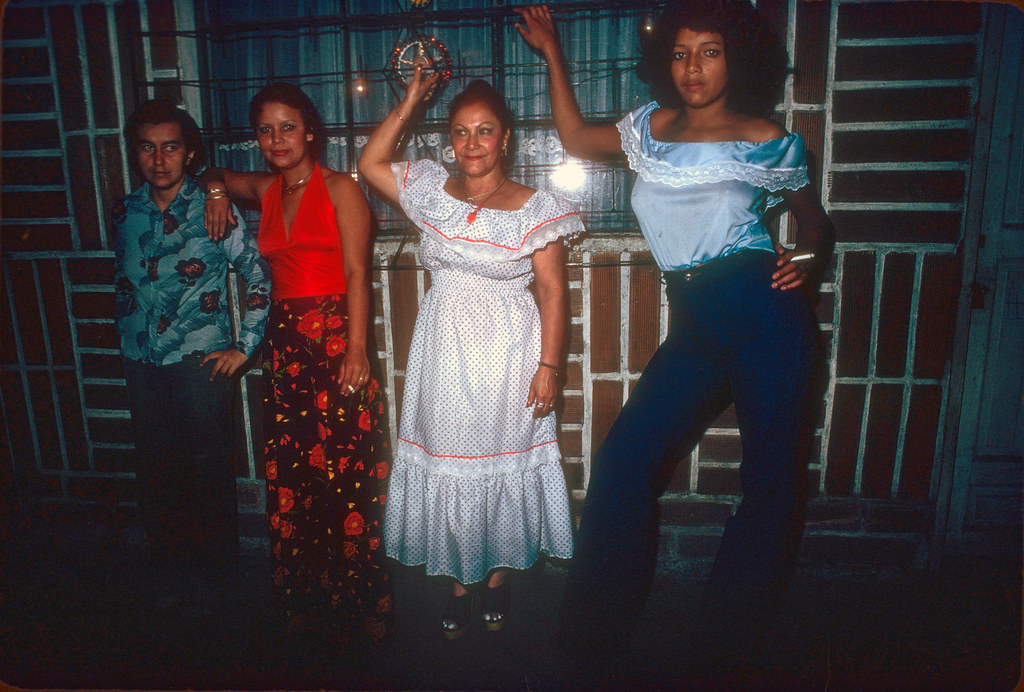
Burdel, Medellin,1978, +3 1976: photo by Marcelo Montecino, 27 June 2015
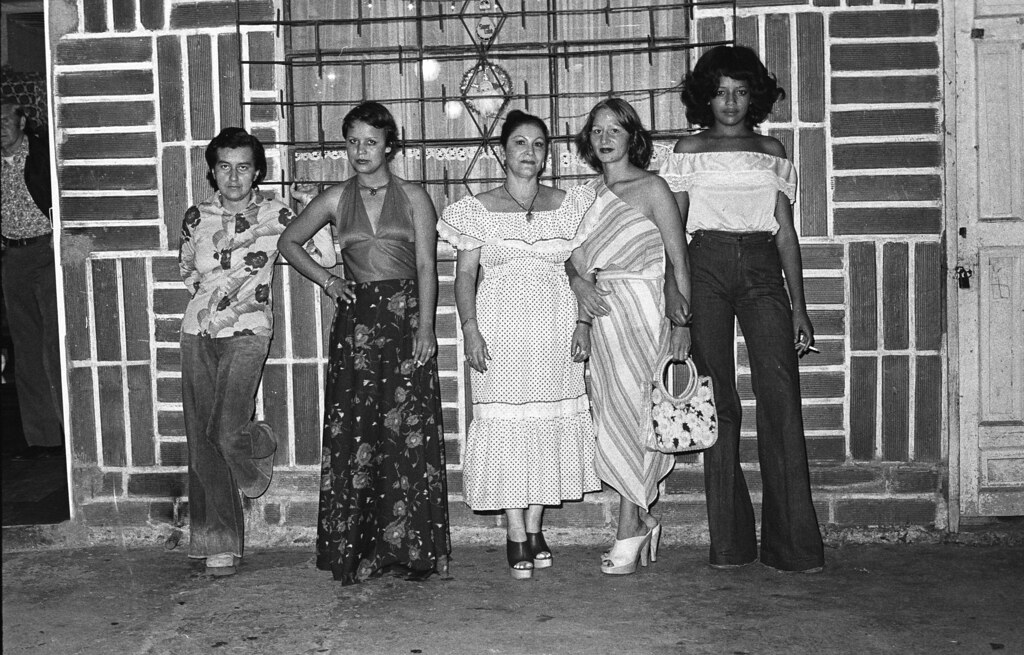
House on Xmas, Medellin, 78: photo by Marcelo Montecino, 29 August 2014
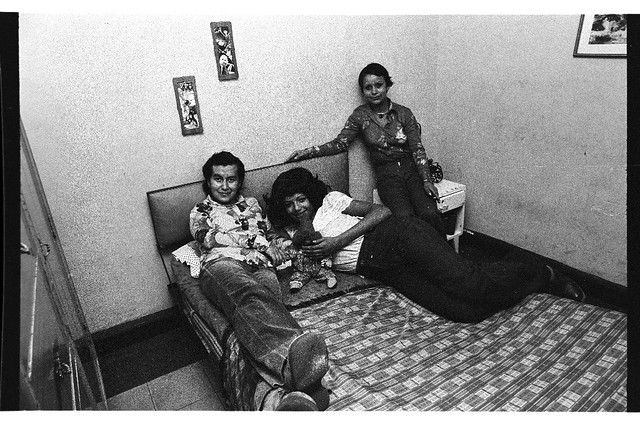
Christmas in the House in Medellin, Colombia: photo by Marcelo Montecino, 30 March 2005
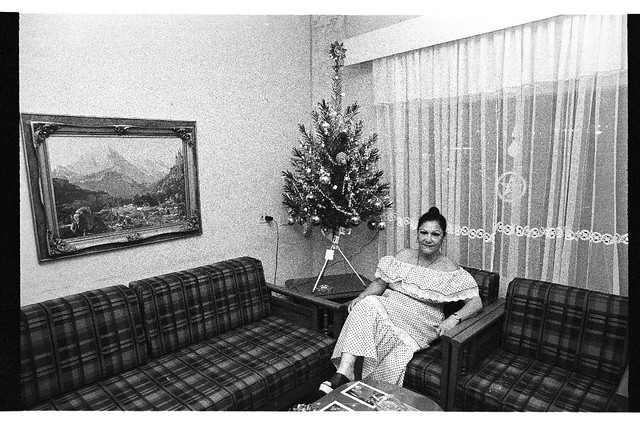
Christmas in the House in Medellin, Colombia: photo by Marcelo Montecino, 30 March 2005

Christmas in the House in Medellin, Colombia: photo by Marcelo Montecino, 30 March 2005

Untitled - Medellin, Colombia: photo by Marcelo Montecino, 30 March 2005

Medellin, Colombia, 1997: photo by Marcelo Montecino, 22 November 2007
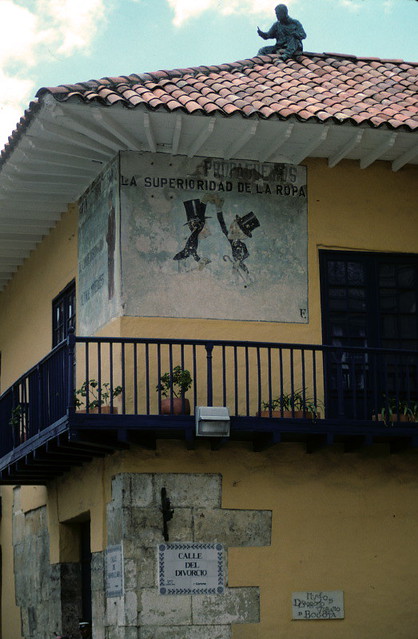
Divorce Street, Bogota, Colombia: photo by Marcelo Montecino, 27 February 2005
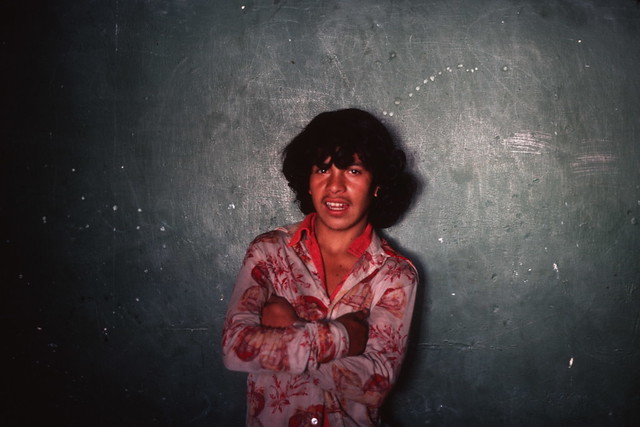
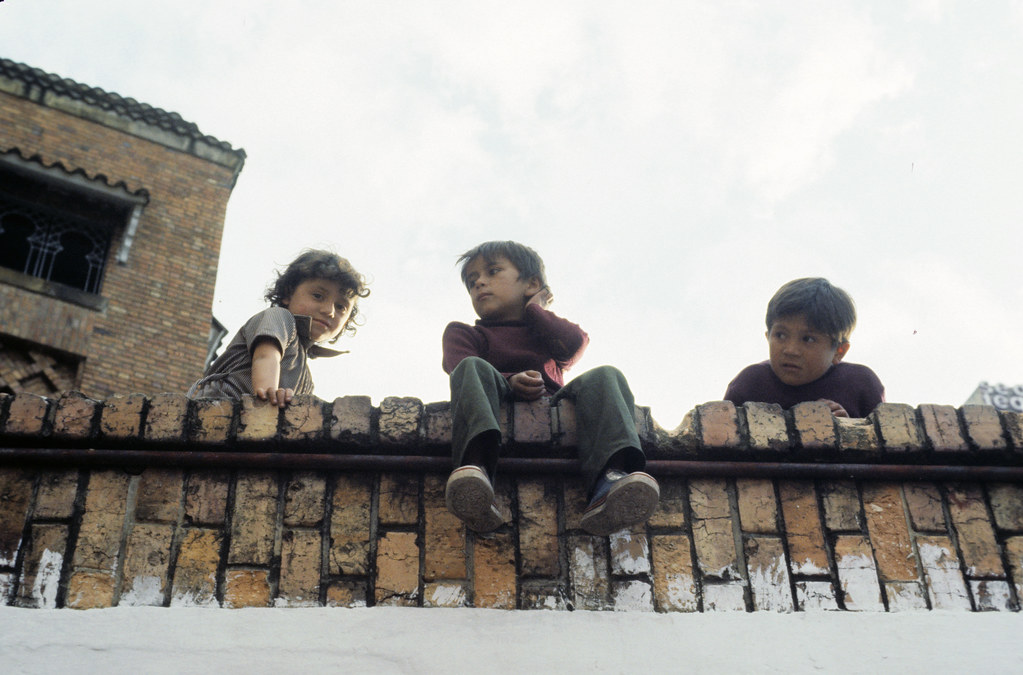
Gamines, Bogotá, Colombia, 1977: photo by Marcelo Montecino, 9 March 2017
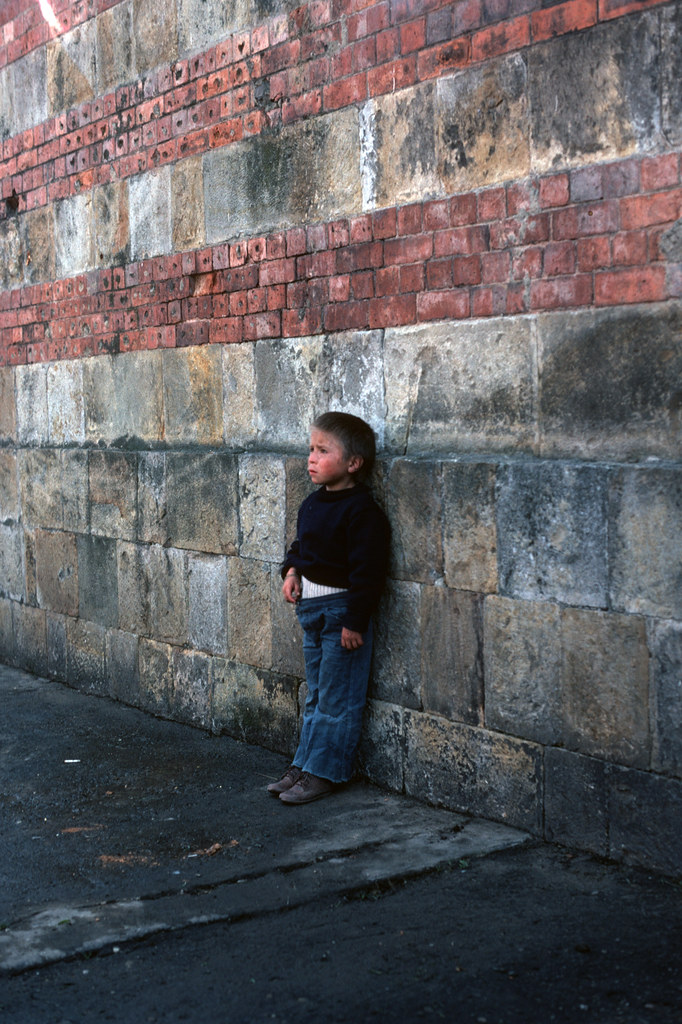
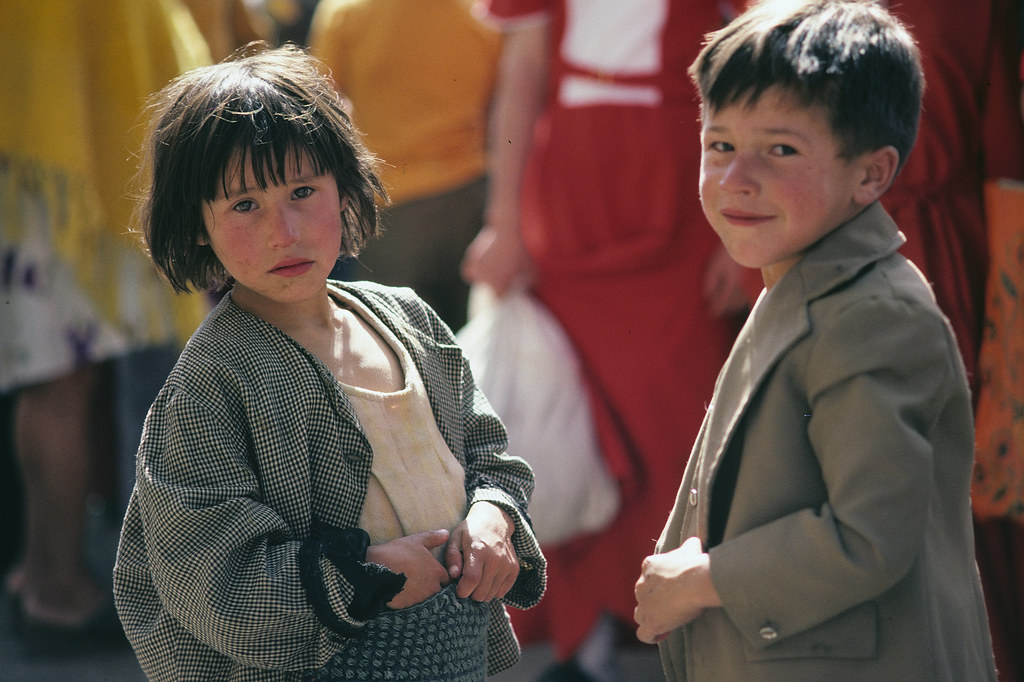
Gamines (street Kids) Bogotá, Colombia: photo by Marcelo Montecino, 16 August 2014
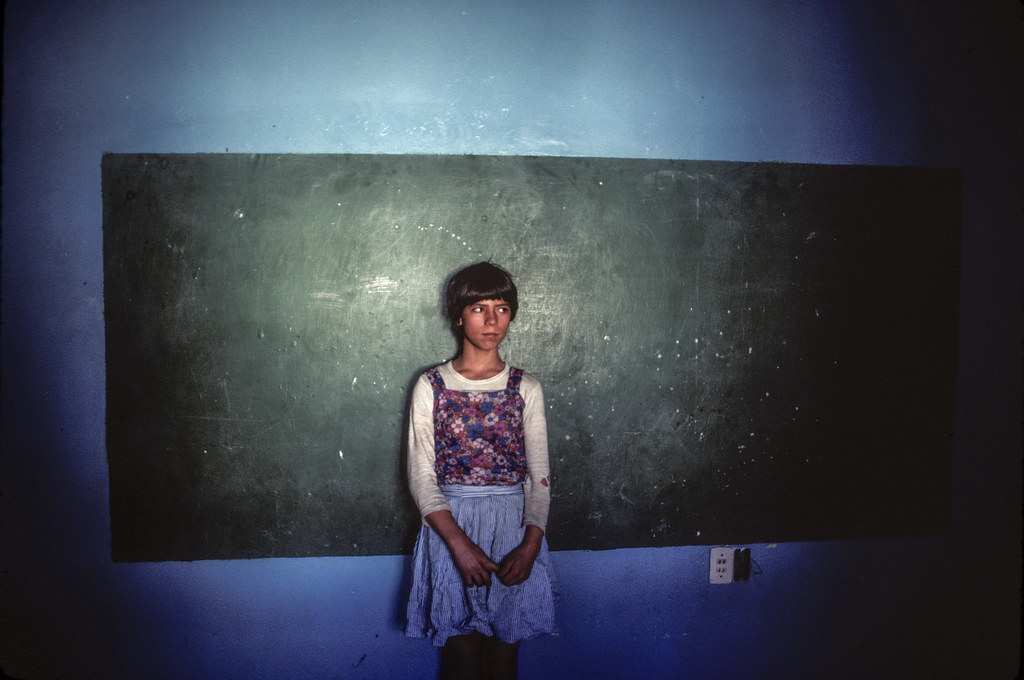
Street Kids (gamines), Bogotá, Colombia, 1977: photo by Marcelo Montecino, 10 May 2017
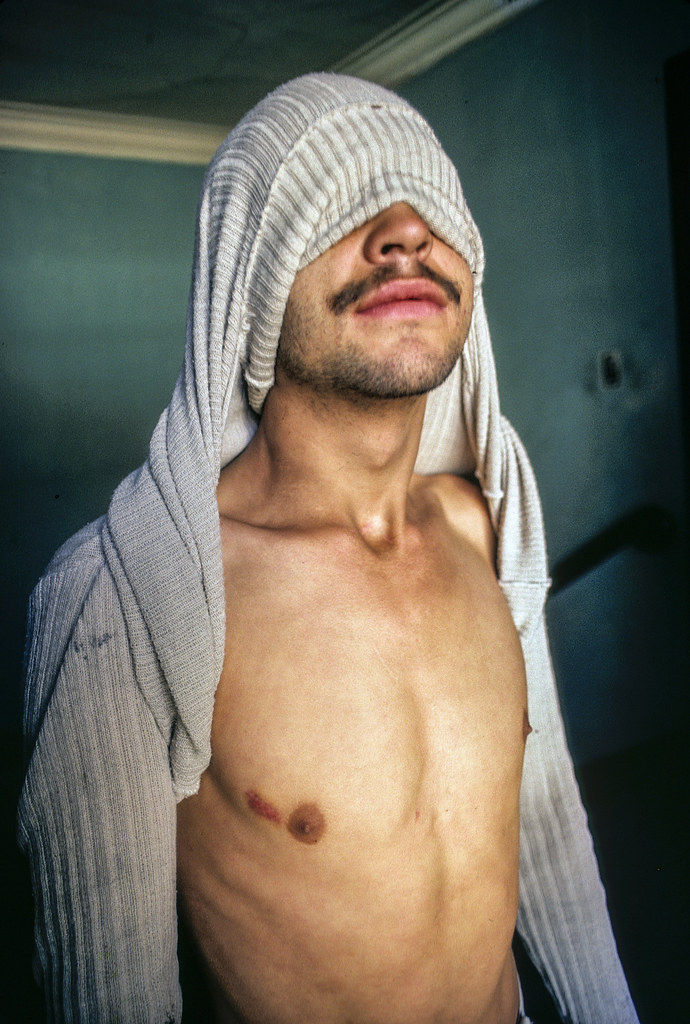
Gamines (street Kids) Bogotá, Colombia: photo by Marcelo Montecino, 10 May 2017
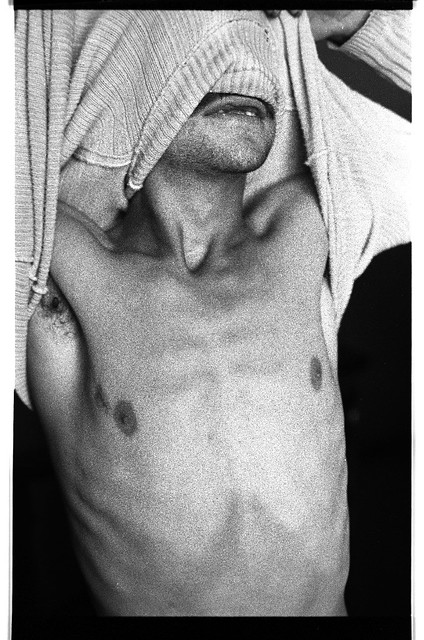
Beaten boy, Bogota. 78: photo by Marcelo Montecino, 30 March 2005
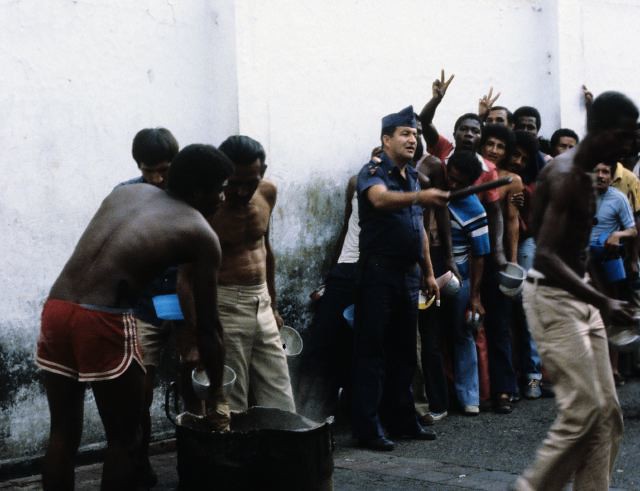
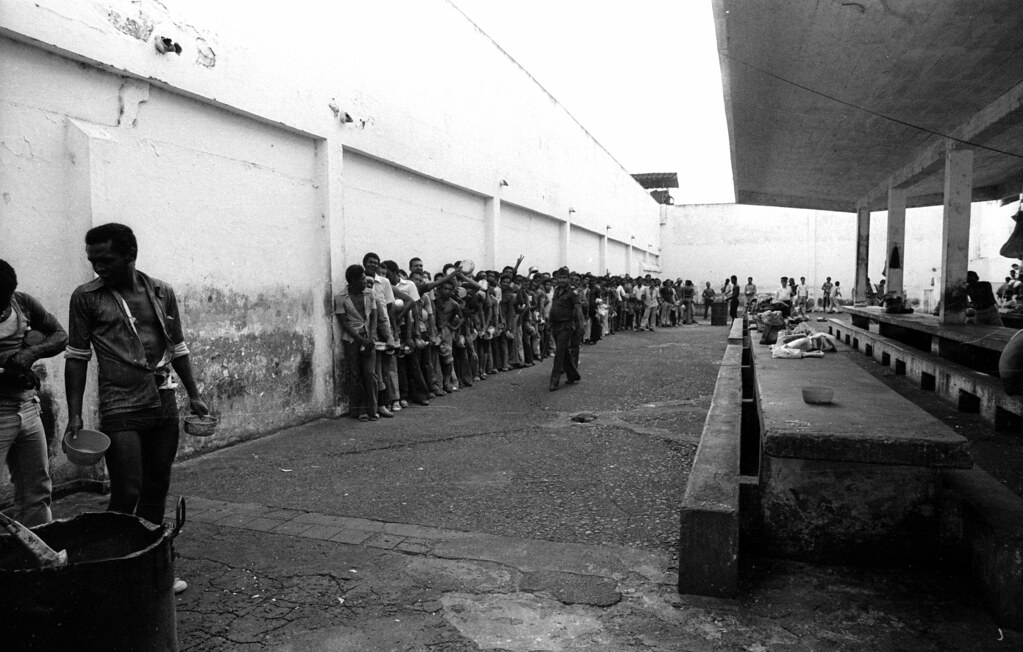
Carcel Modelo, Bogota, 1980,,,, 322776622mm-29m: photo by Marcelo Montecino, 21 November 2013
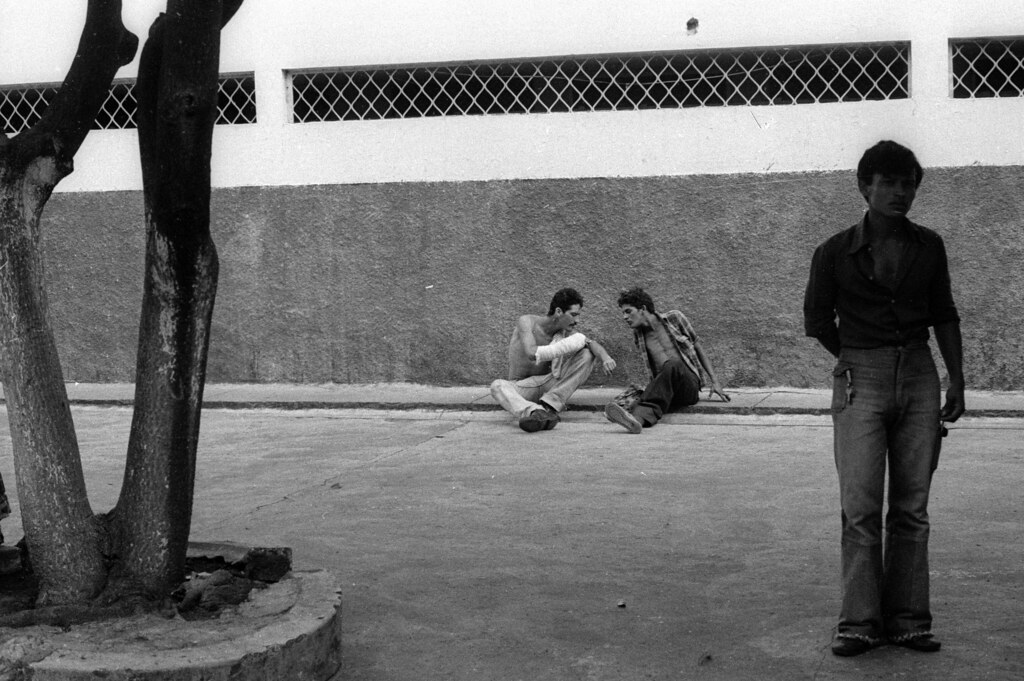
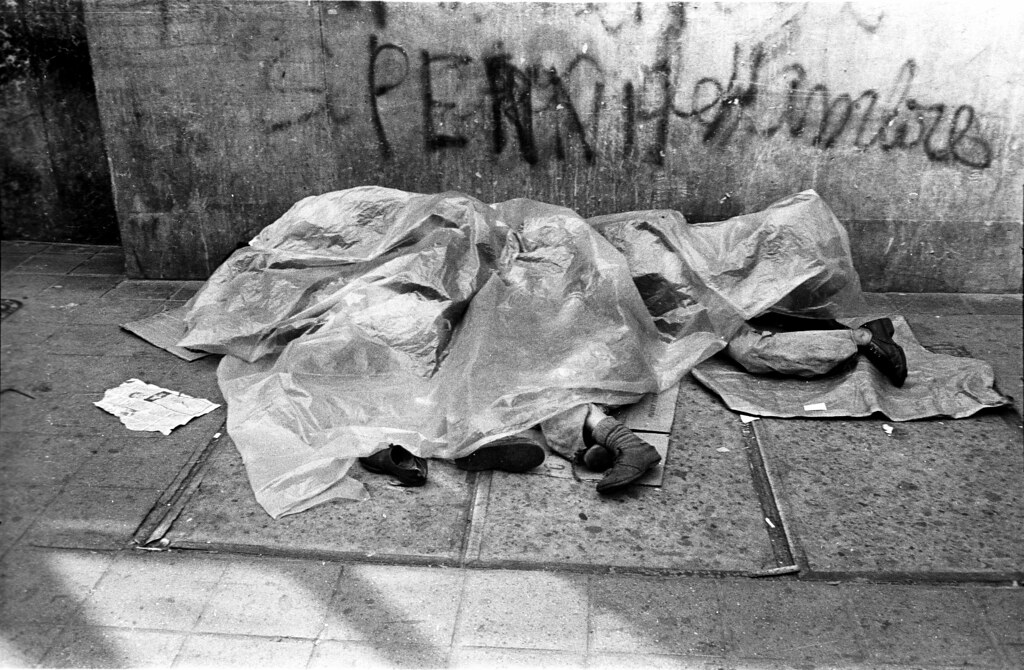
Olvidados, Colombia: photo by Marcelo Montecino, 13 May 2016
Colombian journalists say death threats reflect 'ugly' climate since presidential election: Journalists say ‘dangerous new atmosphere’ has emerged since Iván Duque, a fierce opponent of the peace process, won election: Ed Vulliamy, The Guardian, 29 July 2018
María Jimena Duzán of the weekly magazine Semana was threatened on
Twitter with a message urging she be “raped, spat upon, chopped up with a
chainsaw and hung in the Plaza de Bolívar” – the main square in the
capital, Bogotá.
Minutes after the threat was sent, the account which posted it and the IP address were closed.
Duzan said threats to her and other journalists have escalated since the election of conservative Iván Duque,
a protégé of former president Álvaro Uribe – who viscerally opposes the
peace deal with the Marxist Revolutionary Armed Forces of Colombia, the
Farc. Duque, who will be sworn in on 7 August, has vowed to “overhaul”
the peace accord.
Threats were also made against Jineth Bedoya Lima of El Tiempo
newspaper, and Yolanda Ruiz, Jorge Espinosa and Juan Pablo Latorre of
RCN radio.
Threats were also sent to La Silla Vacia – a website service
reporting on the peace process brokered by the outgoing president Juan
Manuel Santos.
Bedoya and Silla Vacia both received leaflets declaring them as
“military objectives” and signed by the “Black Eagles” – a name often
used by the country’s far-right paramilitary groups.
Duzán’s sister Silvia, also a journalist, was murdered by
paramilitaries in 1990 while making a documentary for Britain’s Channel 4
on peasant organisations working for peace.
Her killers have never been brought to justice and her case became a
symbol of the impunity which has characterized attacks on the country’s
journalists and activists.
The threats come amid a string of attacks on social, indigenous and
land rights leaders and efforts to restore land to rural families
displaced by the rebels – or more commonly by paramilitaries working for
large landowners and drug cartels. Since the peace accord was signed in
August 2016, more than 150 activists and community leaders have been
murdered.
“The paramilitaries feel emboldened by the change in government,” said Duzán.
Duque’s electoral victory was largely due to the support by Uribe, who led a fierce military campaign against the Farc, but has been dogged by allegations of human rights abuses and associations with paramilitaries. His brother Santiago is currently awaiting trial for allegedly running his own death squad.
Earlier this week, Uribe announced his resignation from the senate
after he was called to testify in a supreme court investigation over
allegations of witness tampering, but his influence remains formidable.
It was largely thanks to his efforts that the peace deal was initially rejected by Colombian voters in a 2016 referendum.
“Uribe’s position against the core of the implentation of the peace process was part of the speeches that won the elections. Uribistas
are stigmatizing the voices that back the peace process. It’s has
become a sin to say that you are for the peace process. Automatically
you become someone sinister,” Duzán said.
Duzán warned that without action by the Colombian authorities, the
country risked a return to the dark days racked by all-out war
between guerrillas, cartels, paramilitaries and the state.
She said: “I want to see a stop to this now. We cannot go back to
those days when my sister and so many, many others were murdered for
what they did. Colombia has moved on since then – there’s no going back to that nightmare.”
Bedoya was herself targeted, kidnapped and raped by paramilitaries in 2000, and then abducted by Farc rebels in 2003.
Her response to the most recent threats was characteristically
forthright: “My life is governed by only one thing: journalism. And that
is what I will continue to do regardless of ideologies and political
convictions,” she wrote on Twitter. “To those who threatened me
yesterday: line up because the list is long.”
President-elect Duque responded to the threats on Twitter, saying:
“We reject any type of threat to freedom of the press and expression.
All our support and accompaniment to MJ Duzan, threats, attacks and
violent deaths must end in Colombia.”
But the threats to reporters have come all too common in Colombia,
according to the Foundation for the Freedom of the Press, which reported
59 cases of threats to local reporters during 2015, 90 during 2017 and
89 so far in 2018.
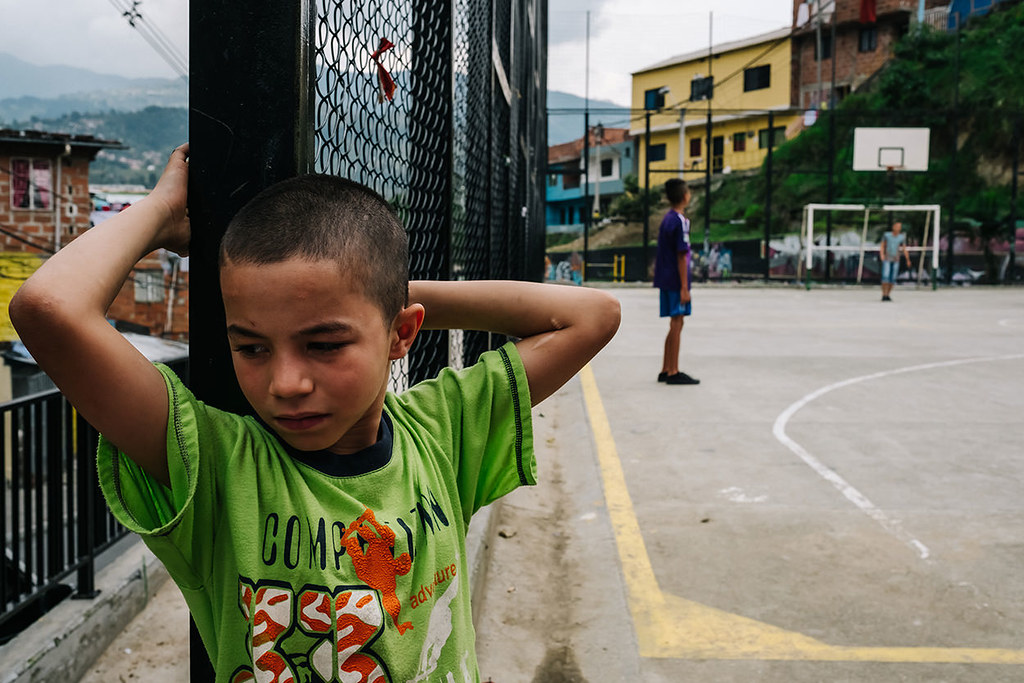
Medellin, Colombia 2017: photo by Kristian Leven, 25 January 2018
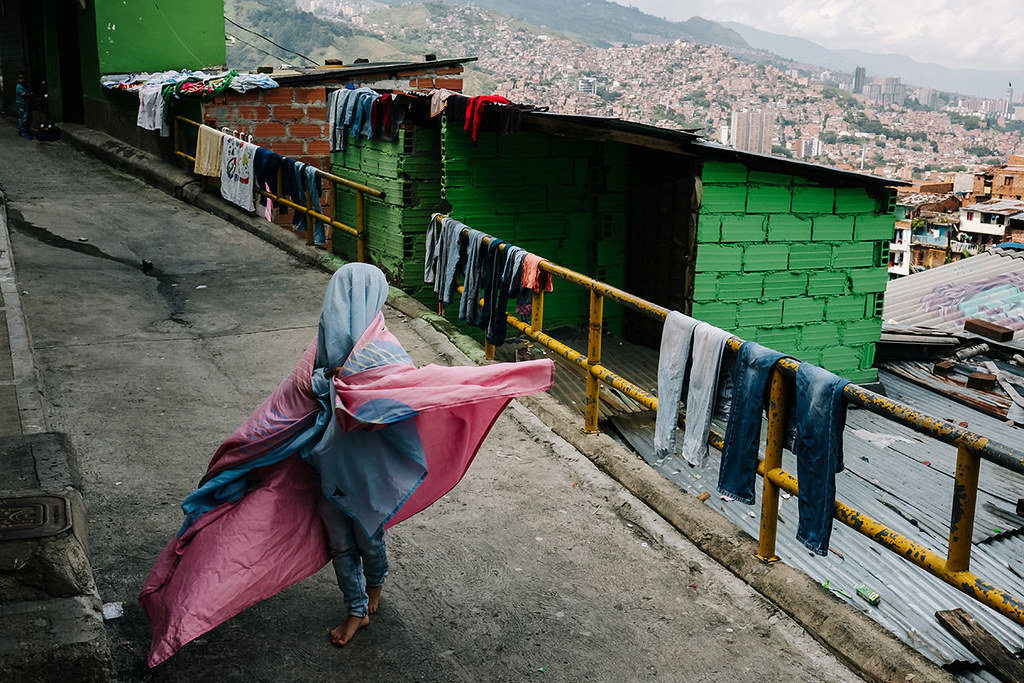
Medellin, Colombia 2017: photo by Kristian Leven, 19 May 2017
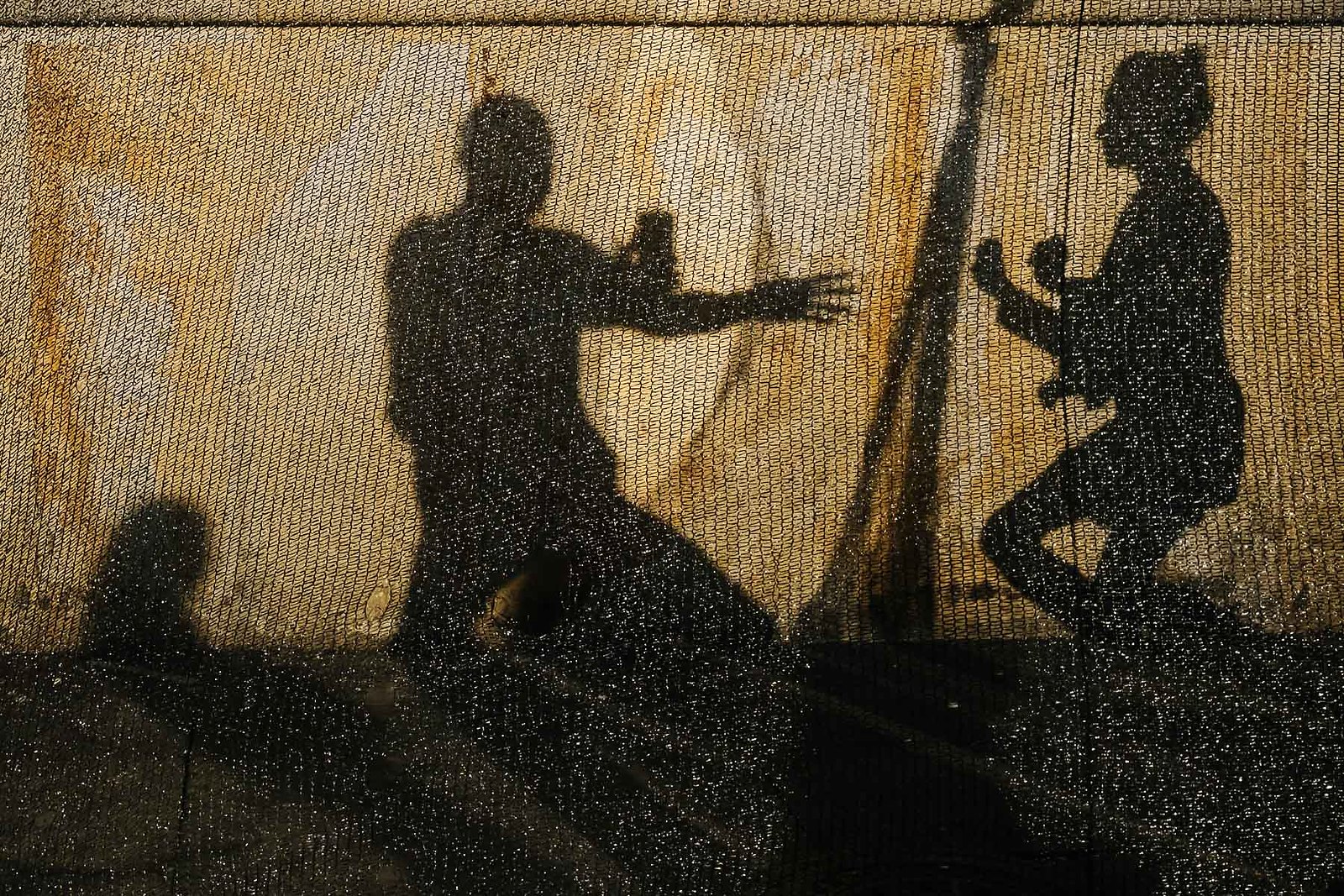
Bogota, Colombia 2017: photo by Kristian Leven, 2 April 2017

Bogota, Colombia 2017: photo by Kristian Leven, 2 April 2017

Bogota, Colombia 2017: photo by Kristian Leven, 2 April 2017
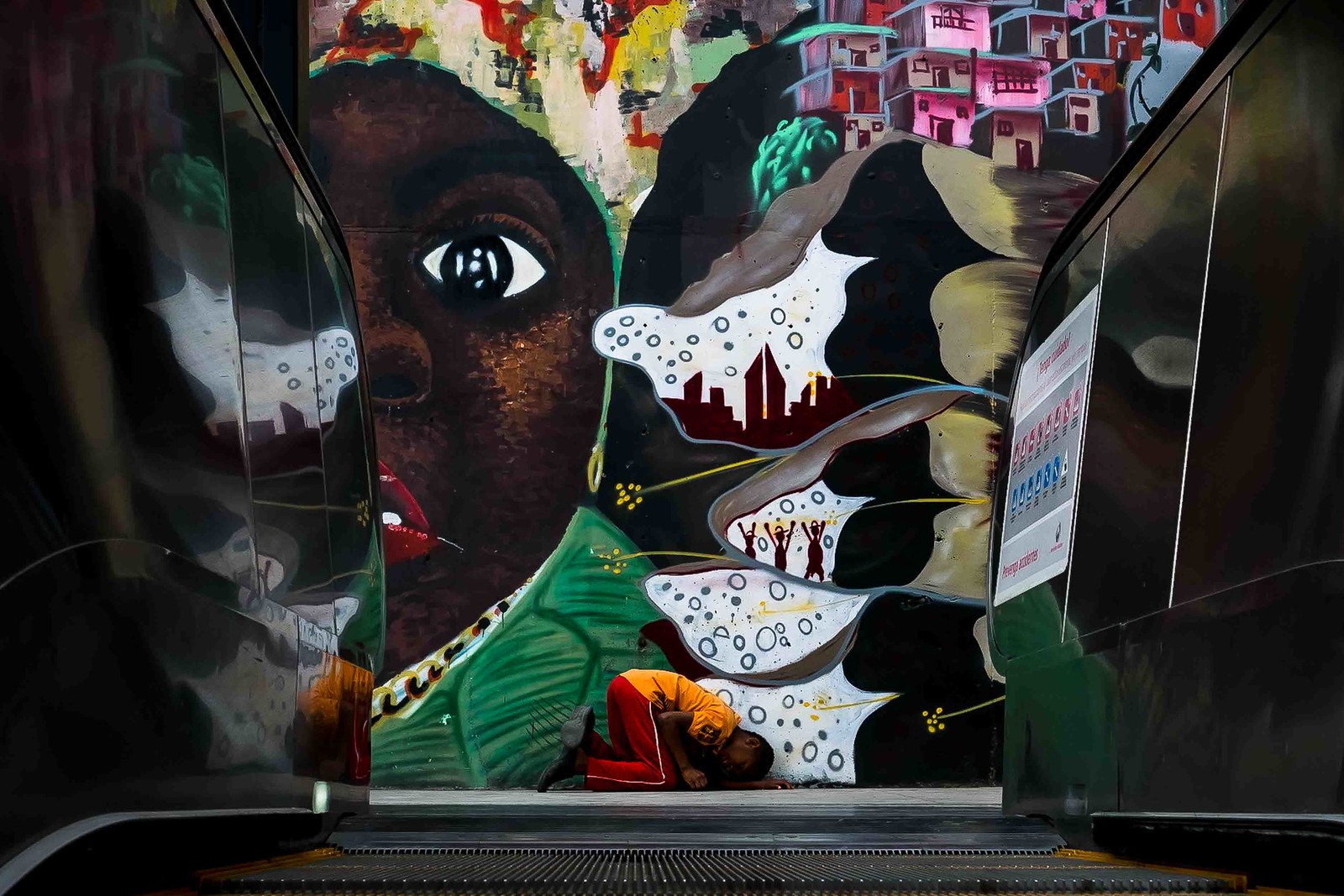
Medellin, Colombia 2017: photo by Kristian Leven, 25 March 2017

Medellin, Colombia 2017: photo by Kristian Leven, 25 March 2017

Medellin, Colombia 2017: photo by Kristian Leven, 25 March 2017
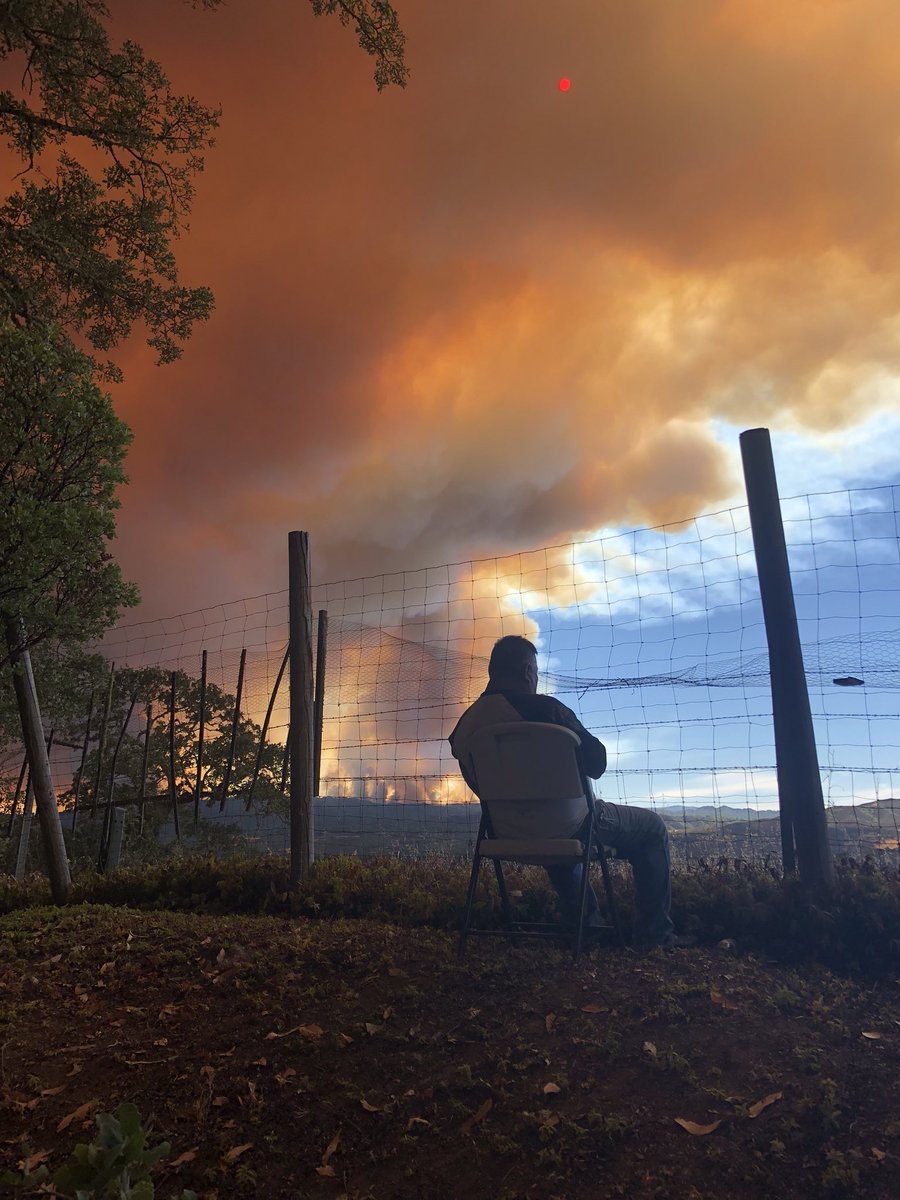
My dad not wanting to leave his home. I lost my house 9 months ago...Support each other, love each other.. the smallest kindness can give someone the strength to make it through the day. Prayers for California #riverfire #ranchfire #MendocinoComplexFire: image via Alice Santana @aliisantana90, 29 July 2018
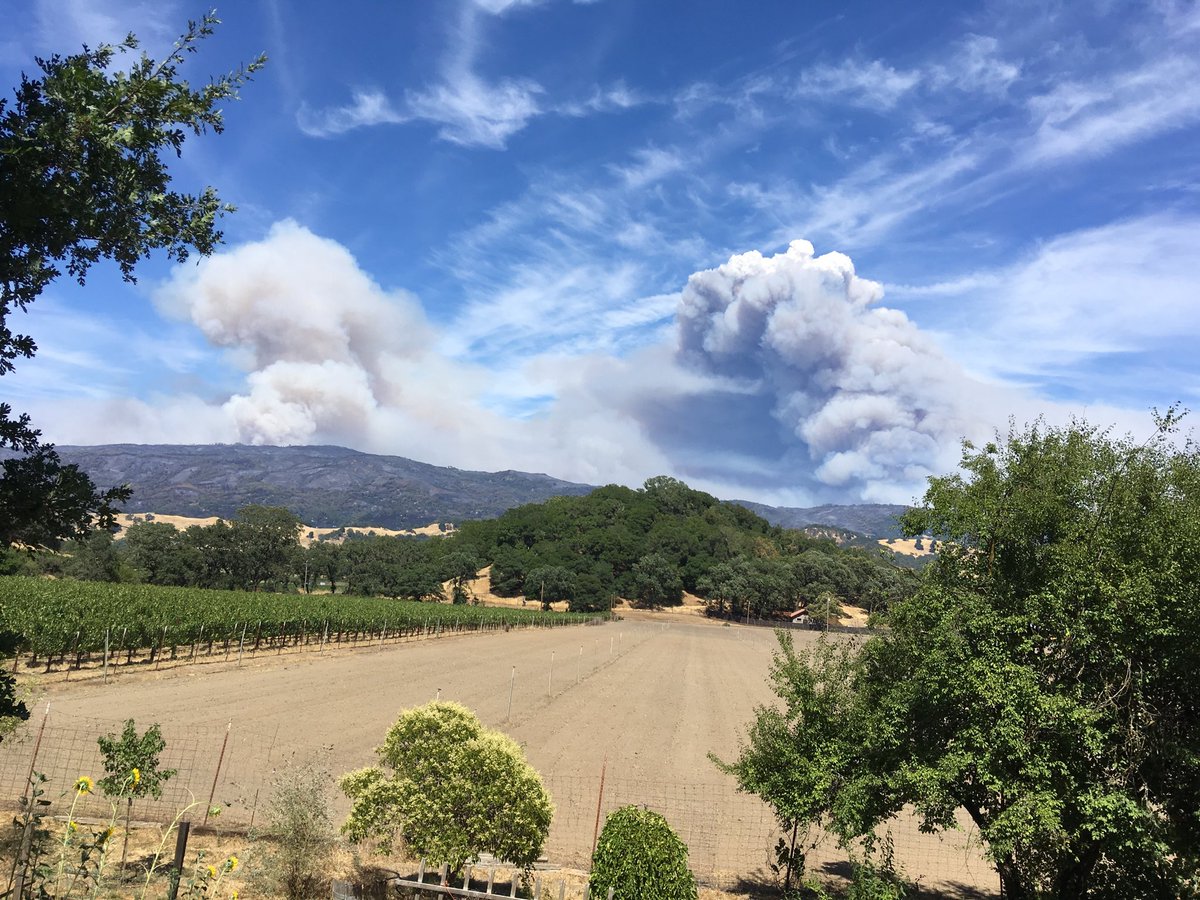
Looking east to Cow mountain and Lakeport. Wind is up. #MendocinoComplex.: image via Nancy French Johnson @NancyFJohnson, 29 July 2018
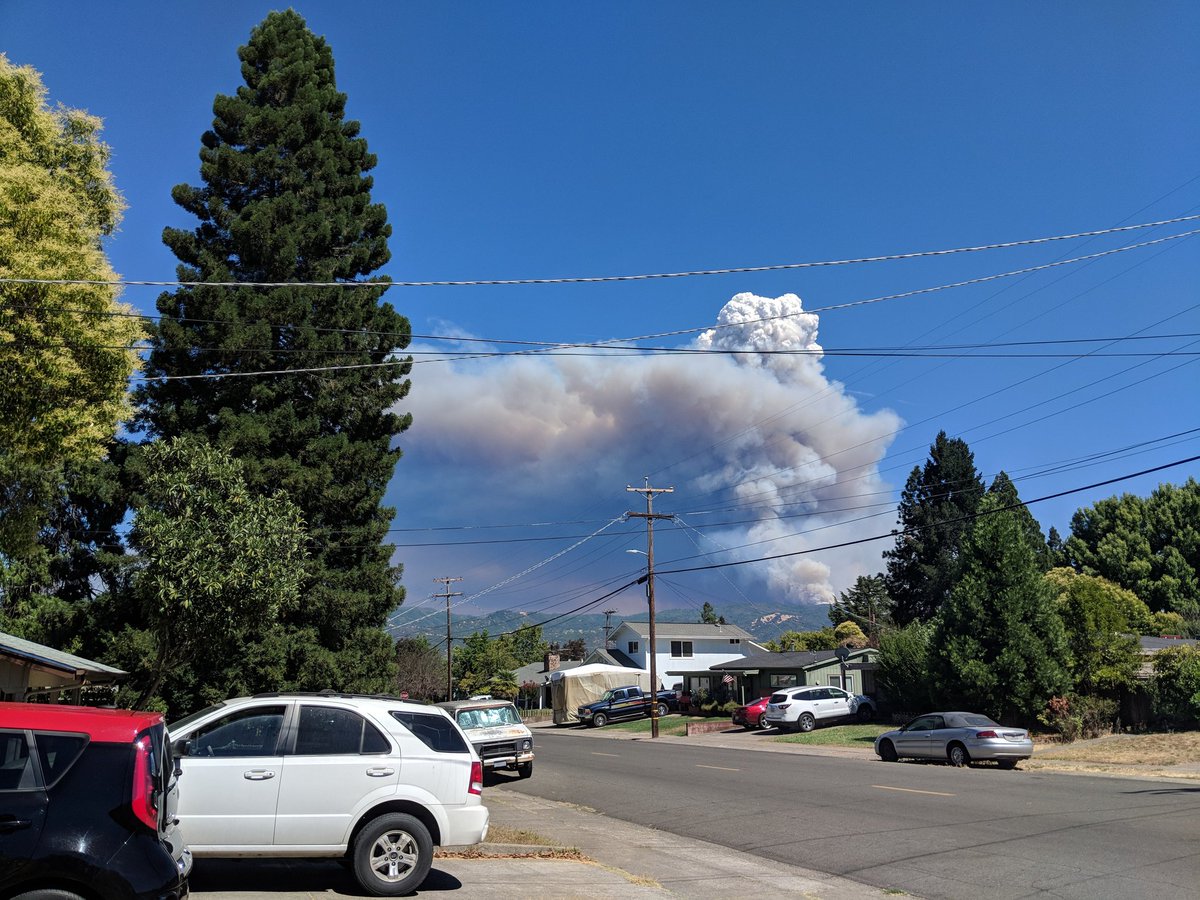
#RiverFire from Southern Ukiah: image via Caroline K @NutDeKoko, 28 July 2018
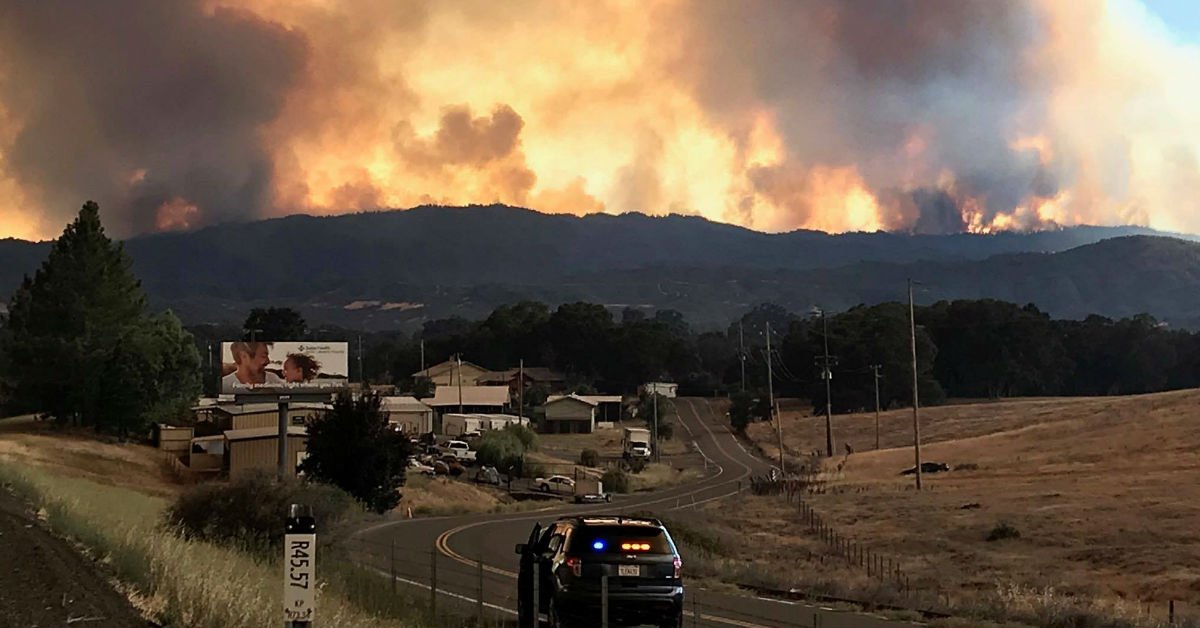
#MendocinoComplex has devoured almost 25,000 acres and eight residences.: image via Kym Kemp @@KymKemp, 29 July 2018
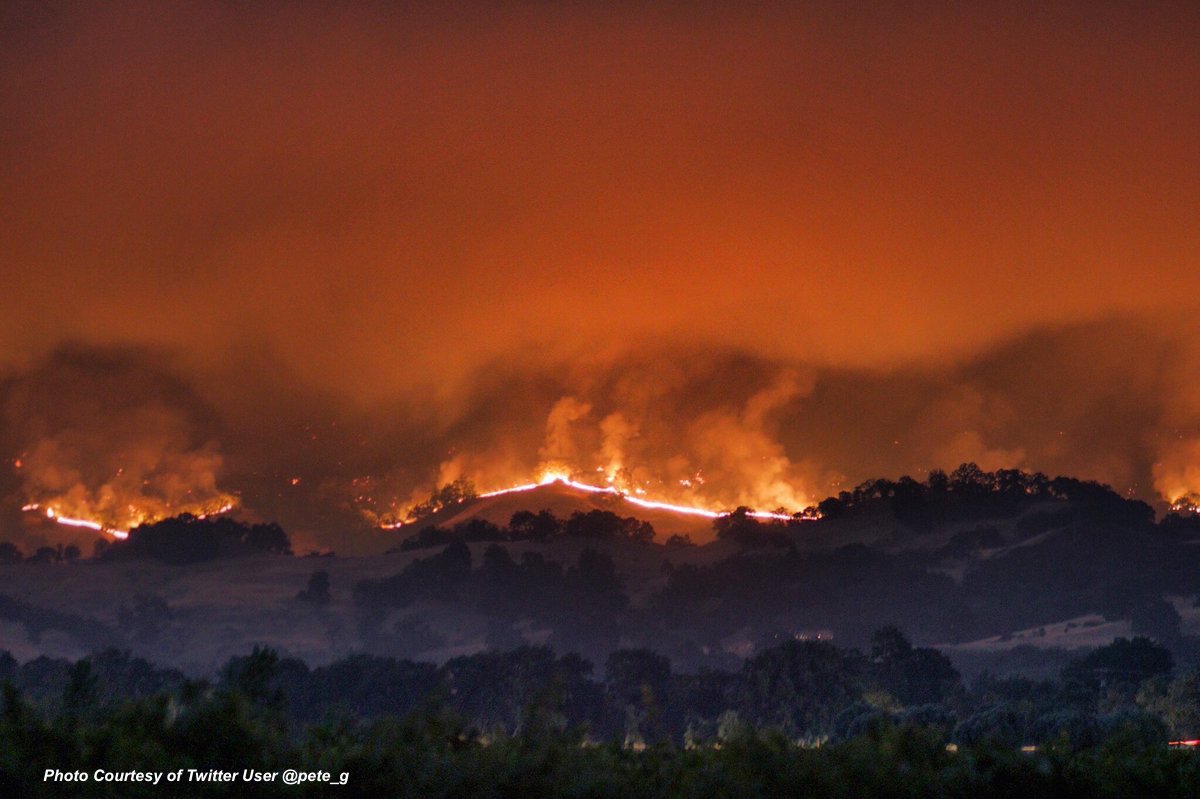
#RiverFire [update] off Old River Road, near Mile Marker Post 7.9, Hopland (Mendocino County) is now 6,000 acres and 2% contained. #RiverFire is now part of the #MendocinoComplex: image via CAL FIRE @CAL_FIRE, 28 July 2018

The EconomistVerified account @TheEconomist
Juan Manuel Santos leaves Colombia a better place than he found it https://econ.st/2OlsdQ7
O. Bula Escobar retweeted The Economist
O. Bula Escobar added,
Sorry,
never used this word before on twitter but: ¡BULLSHIT!
With his approval rating at 14%, an economy in shambles, record Cocaine
production, 80% of FARC not complying, new criminal gangs flourishing and FARC Kingpins still trafficking #Cocaine: BULLSHIT!
#Colombia
Tweet via O. Bula Escobar, 26 July 2018

Medellin, Colombia 2017: photo by Kristian Leven, 25 January 2018

Medellin, Colombia 2017: photo by Kristian Leven, 19 May 2017

Bogota, Colombia 2017: photo by Kristian Leven, 2 April 2017

Bogota, Colombia 2017: photo by Kristian Leven, 2 April 2017

Bogota, Colombia 2017: photo by Kristian Leven, 2 April 2017

Medellin, Colombia 2017: photo by Kristian Leven, 25 March 2017

Medellin, Colombia 2017: photo by Kristian Leven, 25 March 2017

Medellin, Colombia 2017: photo by Kristian Leven, 25 March 2017

My dad not wanting to leave his home. I lost my house 9 months ago...Support each other, love each other.. the smallest kindness can give someone the strength to make it through the day. Prayers for California #riverfire #ranchfire #MendocinoComplexFire: image via Alice Santana @aliisantana90, 29 July 2018

Looking east to Cow mountain and Lakeport. Wind is up. #MendocinoComplex.: image via Nancy French Johnson @NancyFJohnson, 29 July 2018

#RiverFire from Southern Ukiah: image via Caroline K @NutDeKoko, 28 July 2018

#MendocinoComplex has devoured almost 25,000 acres and eight residences.: image via Kym Kemp @@KymKemp, 29 July 2018

#RiverFire [update] off Old River Road, near Mile Marker Post 7.9, Hopland (Mendocino County) is now 6,000 acres and 2% contained. #RiverFire is now part of the #MendocinoComplex: image via CAL FIRE @CAL_FIRE, 28 July 2018
Homes destroyed near Redding: photo by Marcus Yam / Los Angeles Times, 29 July 2018
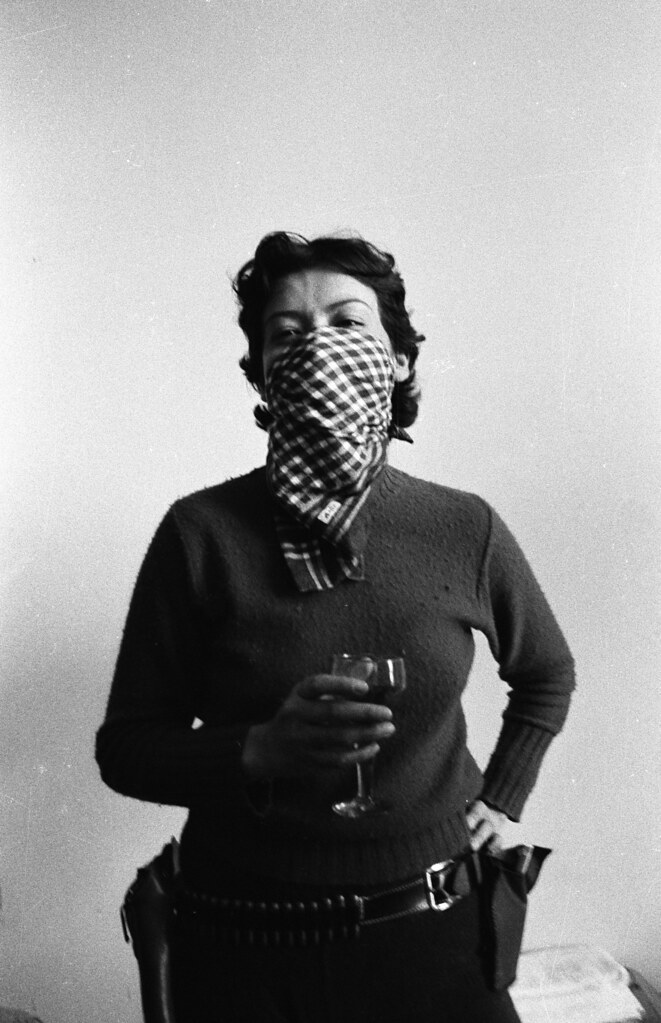
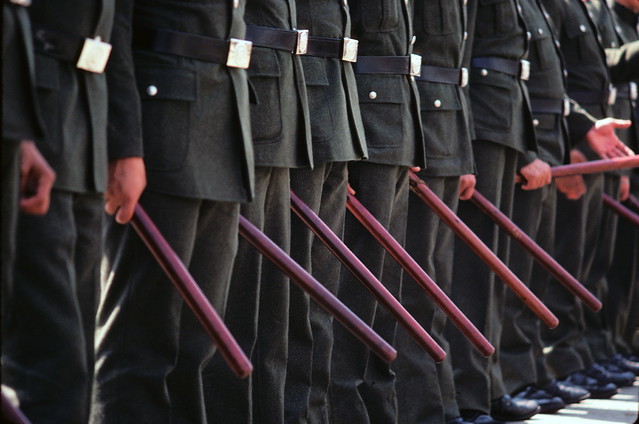
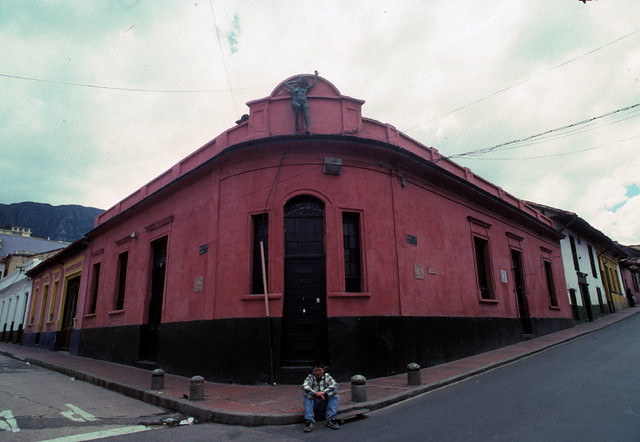
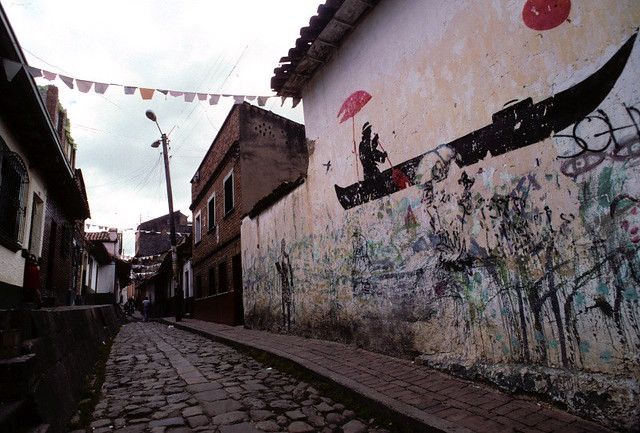
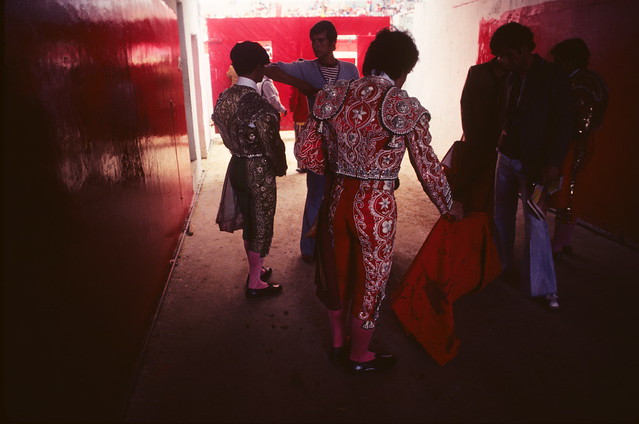
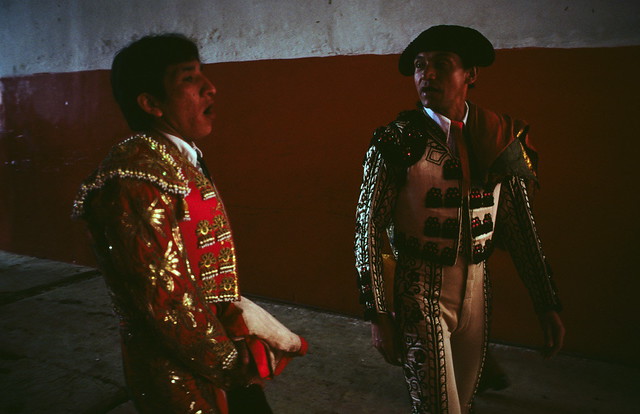
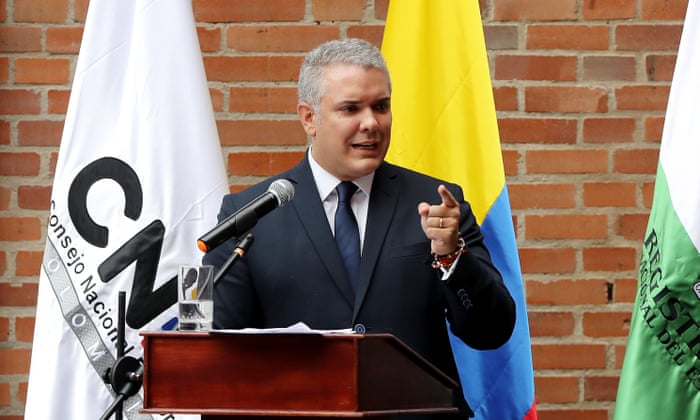
These Montecino photo make for an invaluable history of South America.
ReplyDeleteIt seems the ghosts of the generals will not be exorcised.
Thanks very much, Duncan. That is what the Montecino work provides, that otherwise largely lost history. It is what he intended, and what he made. There's nothing quite like it. Certainly such a career would be very hard to understand from where we now are.
ReplyDeleteA few facts. Chilean diplomatic family. Youth and university in the US (BA, and a master's in art theory). Back home to Chile, and then two decades of close observation of the rise and fall of the dictatorship (his brother Christian, also a photographer, got close enough to see what was going on, but a bit too close, and was murdered for his trouble). Much of the Colombian work comes from that same time. Sometimes he worked as a translator and interpreter for the OAS and the UN, which helps account for the extraordinary access that made some of his historical shots possible. During the same period he also covered popular struggles and revolutionary movements in Nicaragua, El Salvador, Guatemala, traversed the mountains and jungles and cities and villages of Mexico and Bolivia and Peru, always learning, trying to understand, and always taking pictures, and gradually in thus wise built up what now amounts to the single most impressive visual record of modern political life across the Americas.
After the restoration of democracy in Chile his work becomes more personal, but because he was always working independently, there is an originality and consistency of method that persists and becomes deeper over the years. In this respect he stands alone as a photographic witness of his times, in his half of the planet.
How I miss this. Invaluable. RIP Tom
ReplyDeleteHanford Woods